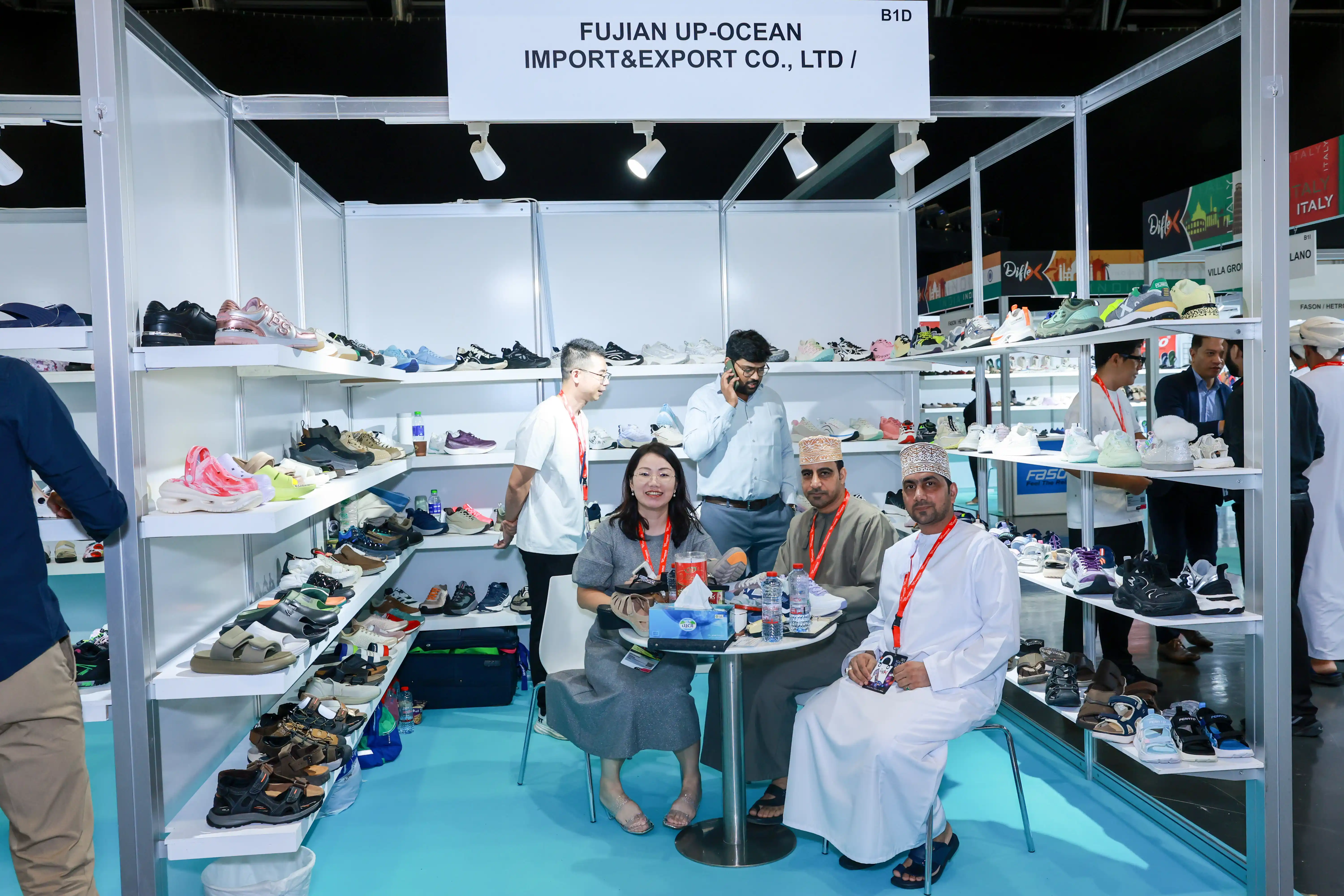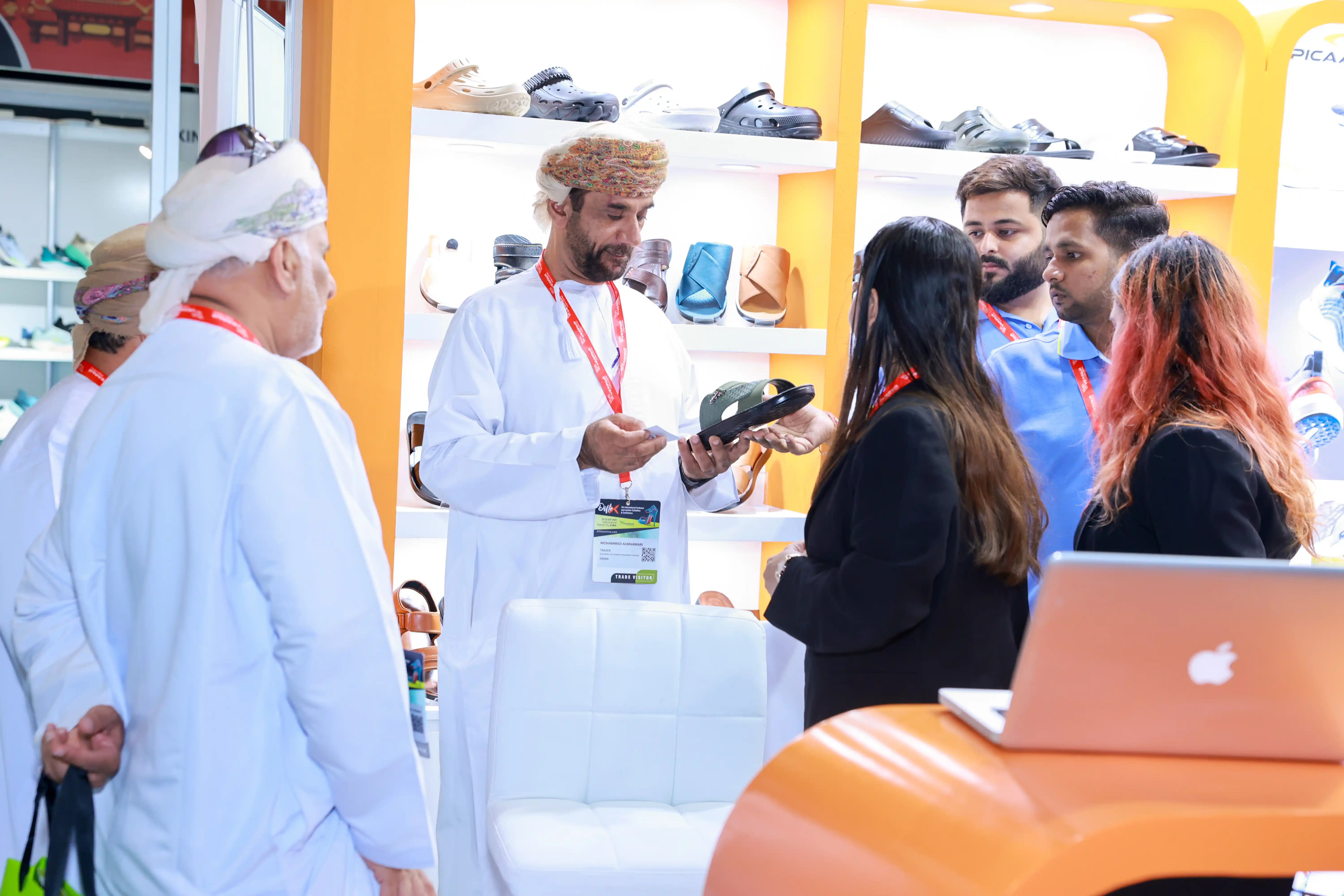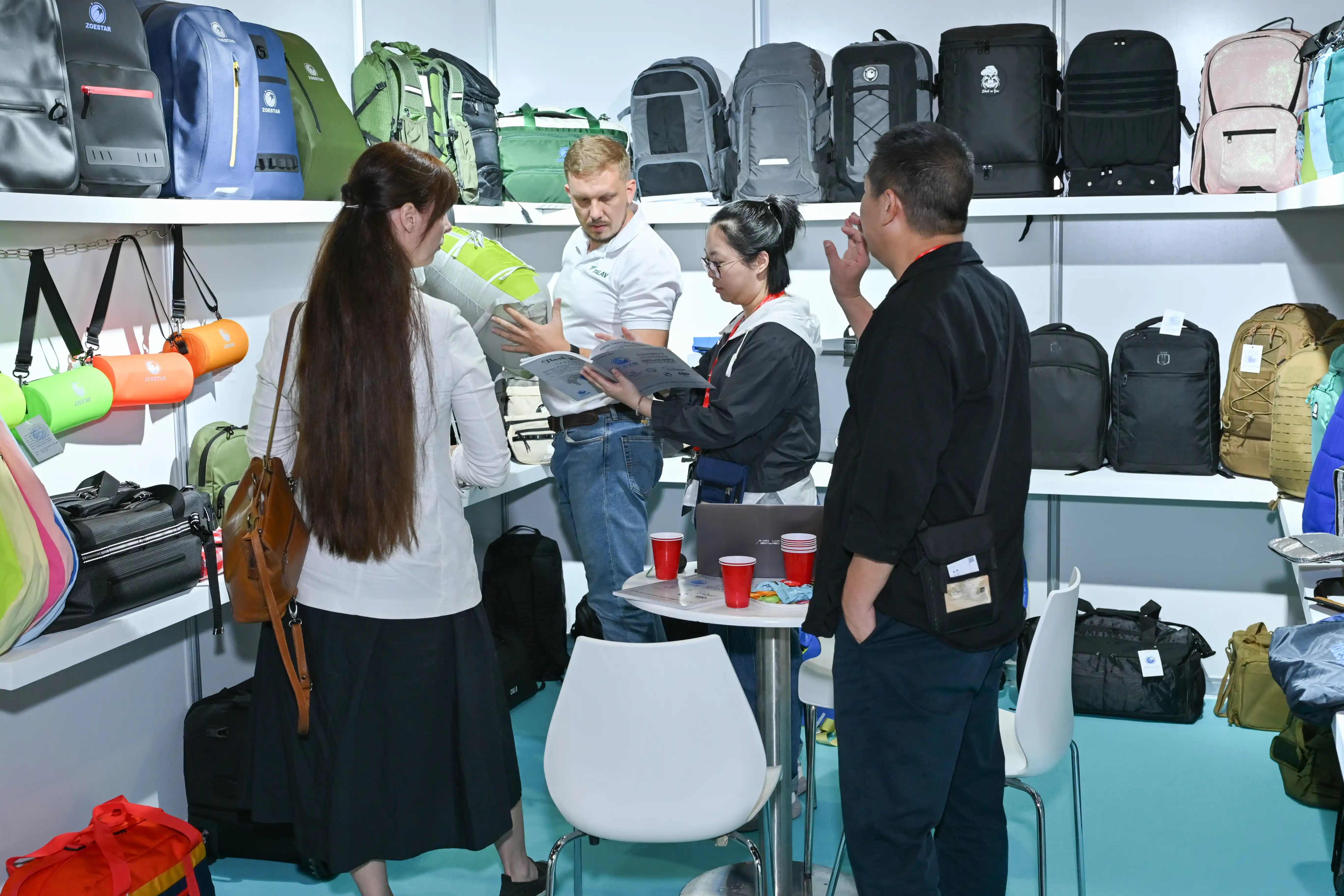The leather goods industry across Dubai, the UAE, and the wider Middle East is undergoing a significant transformation, driven by rapid modernization, rising luxury consumption, growing tourism, and evolving retail ecosystems. In recent years, Dubai has emerged as one of the strongest global destinations for premium and luxury leather goods—ranging from footwear and handbags to luggage, travel accessories, and leather fashion items. The UAE footwear market alone was valued at USD 1.26 billion in 2024 and is projected to grow steadily to USD 1.86 billion by 2033, reflecting a compound annual growth rate (CAGR) of 3.95% between 2025 and 2033. This growth is fueled by a young, fashion-conscious population, strong expatriate demand, and the city’s status as a global luxury retail hub. Additionally, the UAE’s footwear e-commerce segment, valued at USD 452 million in 2024, continues to expand at a robust rate of 5–10% annually, showcasing the shift towards digital shopping, virtual try-ons, and online brand discovery.

Beyond footwear, the broader luxury leather goods market in the Middle East—which includes bags, wallets, luggage, belts, handbags, small leather goods, and fashion accessories—is growing at a far faster pace. In 2024, the Middle East luxury leather goods market was estimated at USD 19.80 billion, and forecasts indicate remarkable growth towards USD 34.30 billion by 2032, reflecting an impressive CAGR of 7.11%. This expansion is linked to a surge in tourism, large disposable incomes within GCC nations, premium retail developments across Dubai, Riyadh, Doha, and Kuwait City, and the rising trend of luxury lifestyle consumption among residents and visitors alike. The high-spending tourist population—particularly from Europe, China, India, and Russia—continues to make the UAE and Saudi Arabia top-performing luxury markets in the region.

When considering the broader geographic landscape, the Middle East & Africa (MEA) leather goods market—which encompasses footwear, handbags, luggage, and accessories—continues to show stable and sustained expansion. The MEA market is projected to rise from USD 37.51 billion in 2025 to USD 45.88 billion by 2030, at an estimated CAGR of 4.11%. Notably, footwear represents 33.83% of the total MEA leather goods market share as of 2024, while the remaining 66% comprises bags, luggage, wallets, accessories, and leather fashion items. This indicates that non-footwear leather goods—particularly handbags, travel luggage, and luxury accessories—represent the core of the region’s growth momentum. The accessories segment, including wallets, belts, small leather goods, and business accessories, is projected to grow at 4.38% CAGR through 2030, driven by gifting culture, brand-conscious millennial buyers, and premium retail availability.

Overall, the leather goods sector across Dubai and the Middle East is positioned for strong and sustained growth, supported by rising luxury consumption, technological innovation, travel-driven demand, and the region’s evolving role in global leather supply chains. With consumer preferences shifting toward high-quality, stylish, durable, and responsibly produced leather goods, the market presents significant opportunities for global brands, manufacturers, and investors looking to establish or expand their presence in one of the world’s most dynamic retail landscapes.
